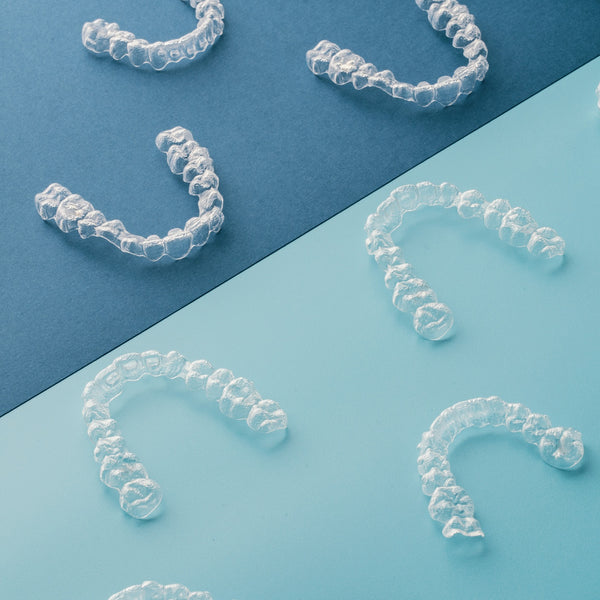
Guide to Wearing Aligners
Braces are often considered an inconvenient, but necessary, rite of passage for children and young teens as they seek to correct crooked teeth and bite issues that may negatively impact oral health later on. While braces are common in childhood, the American Association of Orthodontists states one out of every five orthodontic patients is over the age of 18. It's common for teens and adults alike to experience some apprehension about the idea of wearing braces. Often, they're worried about how braces will look, feel or impact their daily life.
In recent years, an alternative to traditional metal braces has taken the dental world by storm. The benefits of clear aligners are both cosmetic and functional. A clear aligner is harder to see, easier to maintain and a healthy way to correct minor dental problems without undergoing intense orthodontic treatment. What exactly are clear aligners? And what makes them a good option for you?
What Are Clear Aligners?
Aligners are clear trays typically crafted from plastic or acrylic material. With customized models and photographs of your teeth, aligners are crafted to fit snugly around teeth to achieve the same results as braces — straight teeth and beautiful smiles. Aligners are designed to gently apply pressure that gradually shifts teeth into place inside of your mouth.
Typically, the process begins with a qualified dentist or orthodontist taking X-rays and impressions of your teeth. Those images are then combined to design aligners that fit to your teeth and will help achieve the desired results. There are many reasons to choose clear aligners. This alternative to traditional braces has become increasingly popular due to the following benefits:

1. They're Removable
Unlike braces or retainers, aligners are designed to be replaced every two weeks. When your treatment begins, you'll receive a series of trays specifically ordered and labeled for the top and bottom parts of your mouth. After one week to two weeks of continuous wear, you'll swap out the previous aligner with a new one.
This method of swapping out trays is designed to gradually shift crooked teeth into place by applying pressure in the right areas of the mouth. It takes a series of aligners to accommodate this shift in spacing because every couple of weeks your teeth will have moved slightly.
2. They're Clear
Aligners are designed to be discreet, which is one of the reasons many adults prefer them to traditional metal braces. Aligner trays are clear, so once they're in place, it's almost impossible for other people to notice you're wearing them. As long as you keep them clean, aligners stay clear, so you can feel confident wearing them.
3. They're Easy to Maintain
Aligner care is similar to that of a traditional retainer. Aligners are designed to be worn day and night. However, it's important to remove them when eating, drinking anything besides water and brushing your teeth. It's also important to remove them once a day to clean them. This helps avoid trapping bacteria and food particles against your teeth.
4. They're Less Painful
If you've known anyone who wears braces, you may be aware that regular adjustments can be uncomfortable. There's also the discomfort associated with rubber bands and other "extras" that may be attached. Aligners take away the painful part of the process because they aren't cemented to your teeth and the adjustments that come when you switch to a new tray are more gradual. Some patients report occasional discomfort after switching to a new tray, but this discomfort is usually minimal and tends to end quickly.
5. They're Less Restrictive
With traditional braces, there are a lot of restrictions about what foods you can and can't eat. Since aligners come out when you eat, they don't place any limitations on your diet. You can eat apples, popcorn or caramel — nothing is off-limits. Just be sure to brush thoroughly before putting your aligners back in place. Aligners are also easier to keep clean. Just pop the aligners out when it's time to brush your teeth and give them a quick scrub before you put them back in place.

Who Needs Aligners?
Like metal braces, aligners can be used to correct minor spacing issues with teeth, overcrowding or minor over- and underbites. To work most effectively, they need to fit snugly around teeth, which means teens and adults — whose teeth are already in place — are the best candidates for aligners. Younger children or adults who have more serious dental problems, such as severe overbite, underbite or crossbite, may require traditional braces or other orthodontic interventions.
Although there is a cosmetic benefit to opting for aligners, it's not all about appearance. Correcting the spacing of teeth protects long-term oral health and well-being. Why? If your teeth are crowded, it may be difficult to properly brush and floss, putting you at risk for decay and gum disease. Misaligned teeth and jaws can lead to problems with swallowing and chewing, jaw pain and difficulty forming certain sounds when you talk.
If you're wondering if you should get aligners, it's important to talk with a qualified dentist or orthodontist. They can examine your teeth and your oral history to determine whether aligners are right for you.
How to Get Aligners
Traditionally, if you wanted to correct your teeth, you'd schedule an appointment with an orthodontist as their specialty is correcting problems with teeth, bite and jaws. But aligners can be fitted and monitored by a dentist who has been trained to measure for aligners. Your aligner options include working with a professional or trying an at-home option:

Work With a Professional
Aligners were created as a simple way for dentists to treat crooked teeth. For some people, the option to stick with their usual dentist is especially appealing. Many orthodontists also offer aligners as an alternative to their traditional treatments. The truth is you can have an effective and positive aligner experience with a dentist or an orthodontist. When deciding where to go for clear aligners, it's important to select a doctor who has experience creating and monitoring aligner use. In some cases, that may be a dentist.
As the construction and design behind aligners has improved, it's rare that any adjustments are needed. This means it's not always necessary to be under the care of an orthodontist to use aligners. In other cases, it may be wise to work with an orthodontist, especially if you need to be evaluated to determine whether or not you need more extensive orthodontic care.
Use an At-Home Kit
Another option that's gaining momentum is aligner at-home kits. When you order one of these kits, it sends you the materials to take impressions of your teeth to ship away to be formed into aligners. This option has risen in popularity because of its relatively low cost and the appeal of completing the process at home instead of spending money going to the dentist.
The downside to this method is that there isn't a professional dentist or orthodontist involved in your care to make adjustments or ensure you're getting the right fit from the beginning. This may not be a problem, but there's a lot to be said for having a professional nearby who knows your history and is available if you need help.

How Long Will Treatment Last?
Expect to be changing aligner trays every one week to two weeks until treatment is complete. Aligners should be worn at least 22 hours a day. Like braces, the length of treatment depends on the severity of the issues being corrected and the distance the teeth have to travel. Good oral hygiene and careful adherence to a care plan also determine how quickly you'll see results. Failure to follow the prescribed treatment plan or take care of the aligners may result in less-than-desired results or may increase the amount of time required to complete treatment.
During treatment, expect to meet with your dentist or orthodontist once every six weeks to eight weeks. During these periodic checkups, they can track the progress of your teeth, as well as discuss any questions or concerns that have come up since your last appointment. They can also address problems that arise, such as broken trays, tooth sensitivity or discomfort.
There isn't an average time required to wear aligners over the course of treatment. Some people find their treatment is completed in five months, and others find it takes a year or more. Your dentist or orthodontist can provide an estimate based on your individual needs and treatment plan. It's important to wear retainers after aligners full-time for six months and then at night after that. A retainer helps provide some support while your teeth adjust to life without the daily pressure of aligners and prevent them from slipping back into their old positions.

Making Sure Aligners Fit
One of the reasons aligners blend in so well against teeth is that they are crafted to fit your mouth. Once you receive your first set of aligners, expect to have periodic appointments with your doctor to confirm the aligners are tracking — a fancy word for "fit" — properly. How should aligners fit? Proper tracking means:
- There aren't gaps between the edges of teeth and the trays.
- The aligners don't move or rock when a patient talks, swallows or shifts their teeth.
- Attachments are properly engaged.
- Aligners fit well over the tops and sides of teeth.
Well-fitting aligners are important to your comfort and the overall effectiveness of the treatment plan that's been prescribed for you. If your aligners aren't tracking properly, it's important to identify the problem. That way, you can correct the issue before you move on to the next set so the problem doesn't continue throughout the course of treatment and interfere with your results.
In some cases, you may find that a new set of trays doesn't fit up against your teeth the way it should. When you receive your first set of aligners, your dentist or orthodontist will likely also give you "chewies" to take home with you. Chewies are bite sticks that are designed to help maneuver aligners into place. If you're having trouble getting your trays to line up and snugly cover your teeth, gently bite down on a chewie several times and it should slide securely around the teeth.
For improvement of overall fit, just place the chewie in between your front top and bottom teeth and bite down several times. If there's a specific problem area that needs some alignment, you can move the chewie toward that area so the pressure is directed toward the problem spot. Although it's important for aligners to fit snugly over teeth, that doesn't mean they're difficult to remove. There's no specific strategy for how to take out aligners when it's time to brush or eat. Gently pop them out, store them somewhere safe and put them back in when you're done.

What Is Life Like With Aligners?
If you're considering aligners, you're probably wondering how they may impact your daily life. The truth is that aligners don't impact the things you do on a day-to-day basis that much. Aligners should be worn at least 22 hours a day, which is basically any time you aren't eating or brushing your teeth.
You'll still be able to eat the foods you love because you won't be eating with aligners in. You'll brush your teeth the same way, and you can run, walk, sleep and work while you wear them. The exception to this rule is that aligners should be removed when engaging in contact sports. If you're playing a contact sport, remove aligners and replace them with a traditional mouth guard for the duration of the game.
For the first few days you wear aligners, you may notice your mouth is a little sore. That's normal and won't last long. It's simply your body's way of signaling something different is happening to your teeth. You may also experience mild soreness each time you change a tray, but this doesn't happen to everyone. Some patients also find aligners can impact their ability to talk normally when they first start wearing them. That's completely normal and, like the soreness, will likely disappear after a few days.
Other than these small changes, you shouldn't notice much impact on your daily activities. With aligners, you can eat and drink normally and you can engage in all your regular activities. The biggest challenge you may encounter is figuring out how to remove aligners discreetly before eating with friends or co-workers. It may be a good idea to plan ahead and remove them before you walk into a situation where you know you'll be eating and drinking. Place the aligners in a protective case and put them back on when you're done.
Although rare, occasionally problems do occur. These may include:
- Sensitive teeth
- Jaw pain
- Broken trays
- Allergies to the material used to create the trays
- Difficulty speaking
- Lost trays
- Slower-than-expected results, requiring additional trays
The dentist or orthodontist overseeing your care can easily correct these problems as they see fit.

How to Keep Aligners Clean
Aligner care is relatively simple because aligners can be removed and cleaned outside of the mouth. It's important to clean aligners every day to prevent food and bacteria buildup on your teeth. In addition, you can brush and floss more effectively when you take an aligner off than you can with braces cemented to your teeth. This means you can keep your overall oral health on track while improving your smile.
Why should you keep aligners clean? Food and sugary drinks can become stuck inside the trays, exposing your teeth to sugar that encourages bacteria formation. Stains from wine, tea or coffee are also possible if you don't remove aligners before you drink. You should also refrain from chewing gum or smoking with aligners.
Whether you're wearing aligners from SmileDirectClub, SnapCorrect, ClearCorrect, Invisalign, Byte or another company, a good cleaning routine is essential. WhiteFoam™ is a specially designed product you can use to clean your aligners and whiten your teeth. It also prevents the buildup of bacteria and food particles on your aligners, helping your mouth stay clean and your breath to stay fresh. In a pinch, you can use regular toothpaste or soap to clean out your trays. However, the best way to protect your investment and your teeth is to use WhiteFoam as it is specially designed to clean aligners.
Wondering how to clean aligners? Check out our how-to guide for details on the best products and techniques for keeping those trays fresh and clean.

Continued Care After Aligners
Once you've completed your treatment with aligners, it's time to flash those pearly whites for the world to see! But don't get carried away. Your teeth just finished an intense progression around your mouth. It's normal for teeth to shift a tiny bit after you stop using aligners, but you want to prevent them from shifting back to their original position.
That's why it's important to wear a retainer for the first six months after treatment. During that time, you should wear a retainer any time you would have worn aligners — unless you're eating or brushing. After six months, it's okay to go without your retainer during the day, but be sure to pop it back in at bedtime. Your dentist or orthodontist can give you personalized retainer recommendations based on your specific situation.

Trust EverSmile to Keep Your Aligners Clean
Whether you're 14 or 44, it's never too late to get the smile you've always wanted. Clear aligners provide a subtle, simple option for teens and adults who want to correct their teeth without the hassle and discomfort of metal braces. What many aligner patients don't realize is that their results depend on more than the aligners themselves. The success of clear aligners also depends on keeping them clean and free from food particles and bacteria that could interfere with their oral health.
EverSmile strives to help aligner patients maintain healthy teeth and fresh breath during their treatment. Our patented application method combined with our advanced hydrogen peroxide technology is the only one of its kind, allowing you to clean your aligners with ease whether you're home or traveling. Our product line expands beyond WhiteFoam to include cleaners for dentures, metal braces, implants, bridges and crowns. Ready to take back your smile with white teeth and fresh breath? Browse our products today!
Related Articles
-
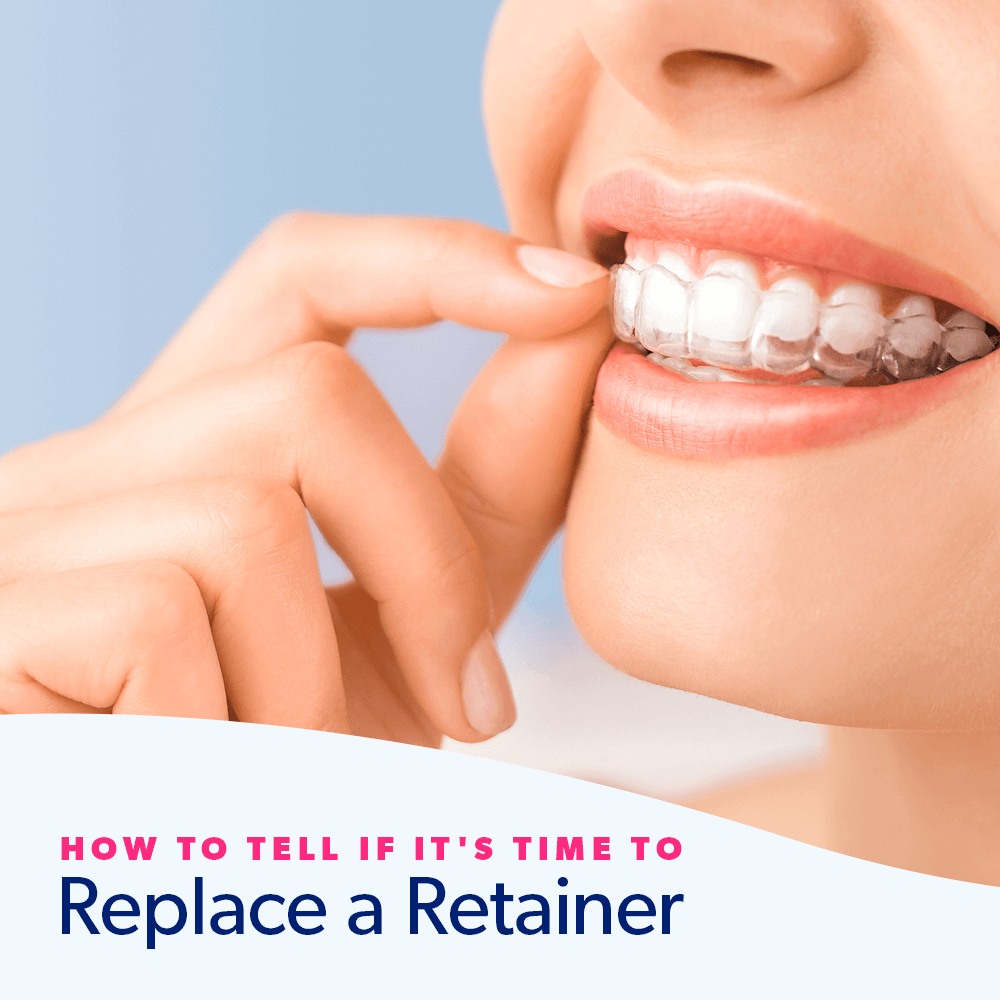
How to Tell if It's Time to Replace a Retainer
Retainers play an essential role in your post-orthodontic treatment plan. They help keep your teeth straight, maintaining the smile you invested in. Your orthodontist will likely recommend you wear a retainer for life because teeth are prone to shifting. Retainers usually only last a few...
Read More -
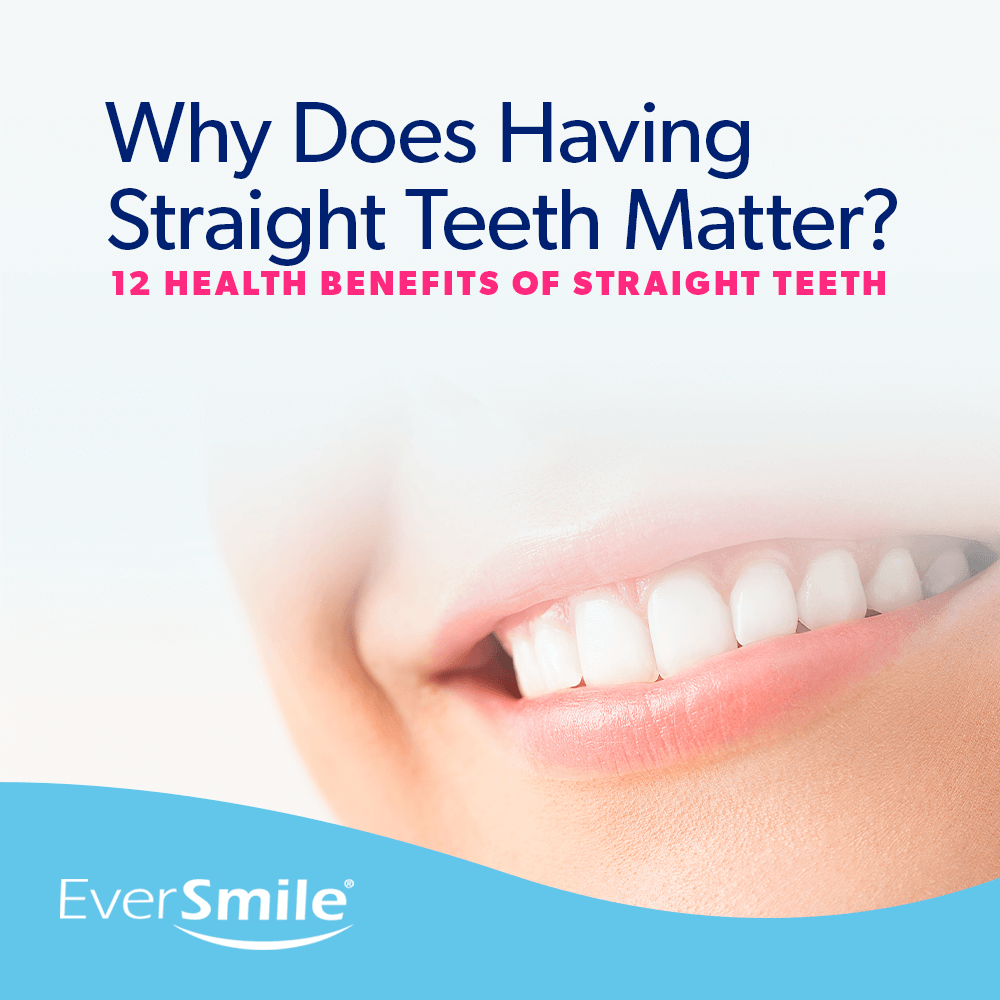
Why Does Having Straight Teeth Matter? 12 Health Benefits of Straight Teeth
If you're one of 81% of adults that think their teeth are unattractive when they see them in photographs, it might feel good to know you're not alone. But it still doesn't change how you feel. Many adults are self-conscious about their smiles because they don't...
Read More -
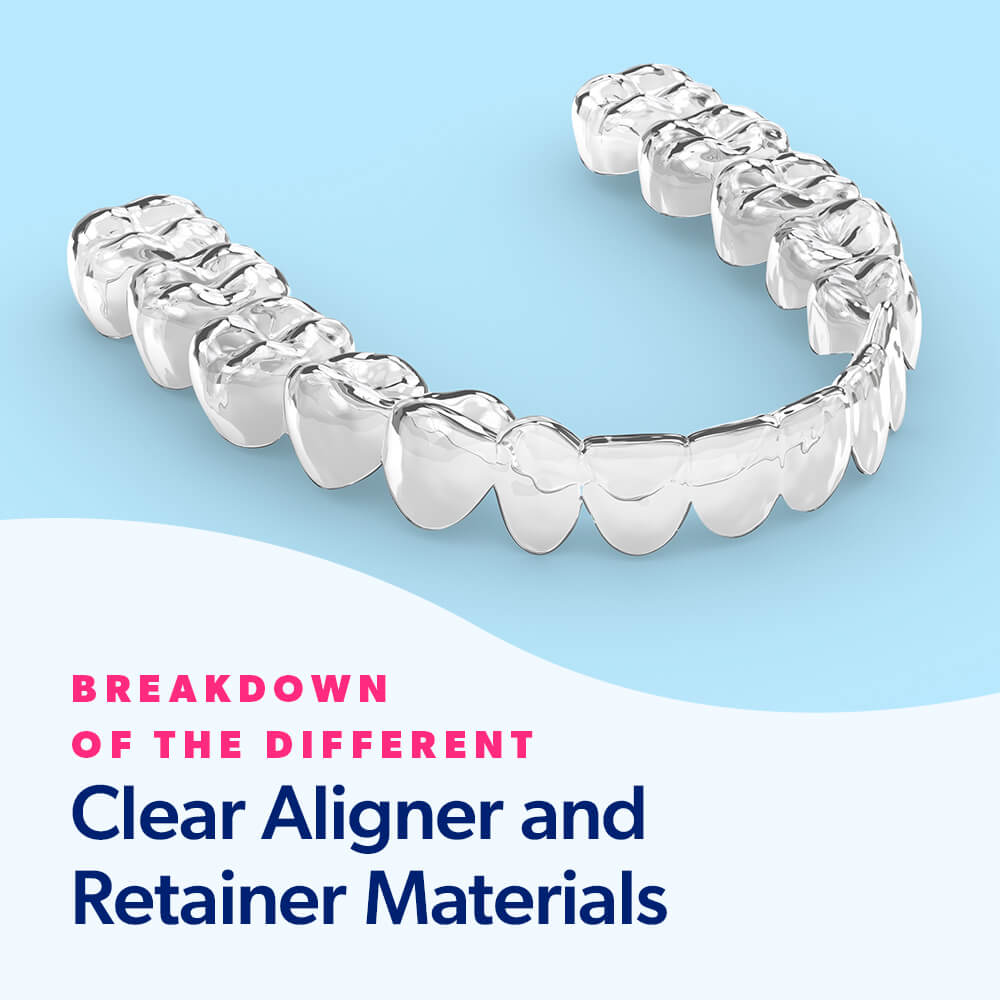
Breakdown of the Different Clear Aligner and Retainer Materials
Confidence begins with a smile. If you look in the mirror and aren't happy with your smile, now's the perfect time to change it! Clear aligners and retainers are more accessible and affordable than ever before. They straighten your teeth over time while being discreet...
Read More -
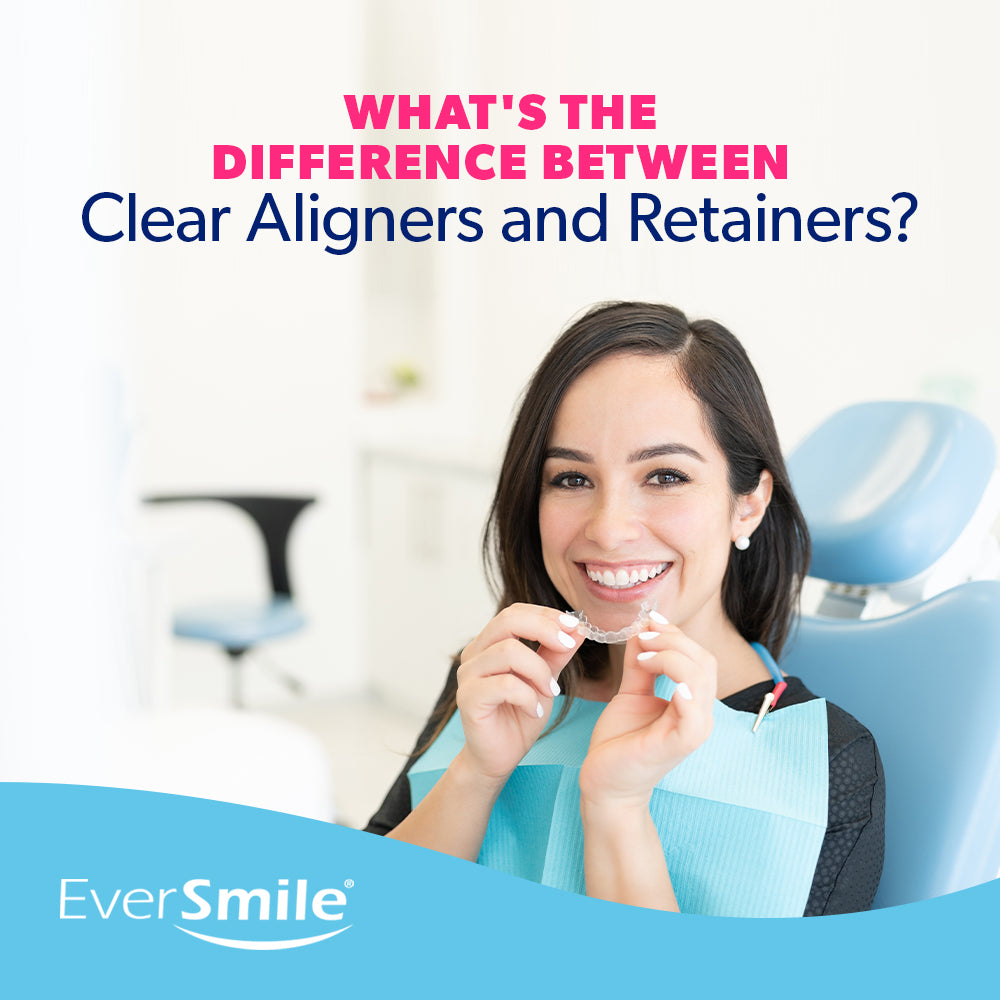
What's the Difference Between Clear Aligners and Retainers?
On the surface, aligners and retainers seem pretty similar. Both are made of clear plastic and used for orthodontic treatment. However, they have two different goals — aligners are meant to move your teeth into new positions, while retainers keep your teeth in their final...
Read More -
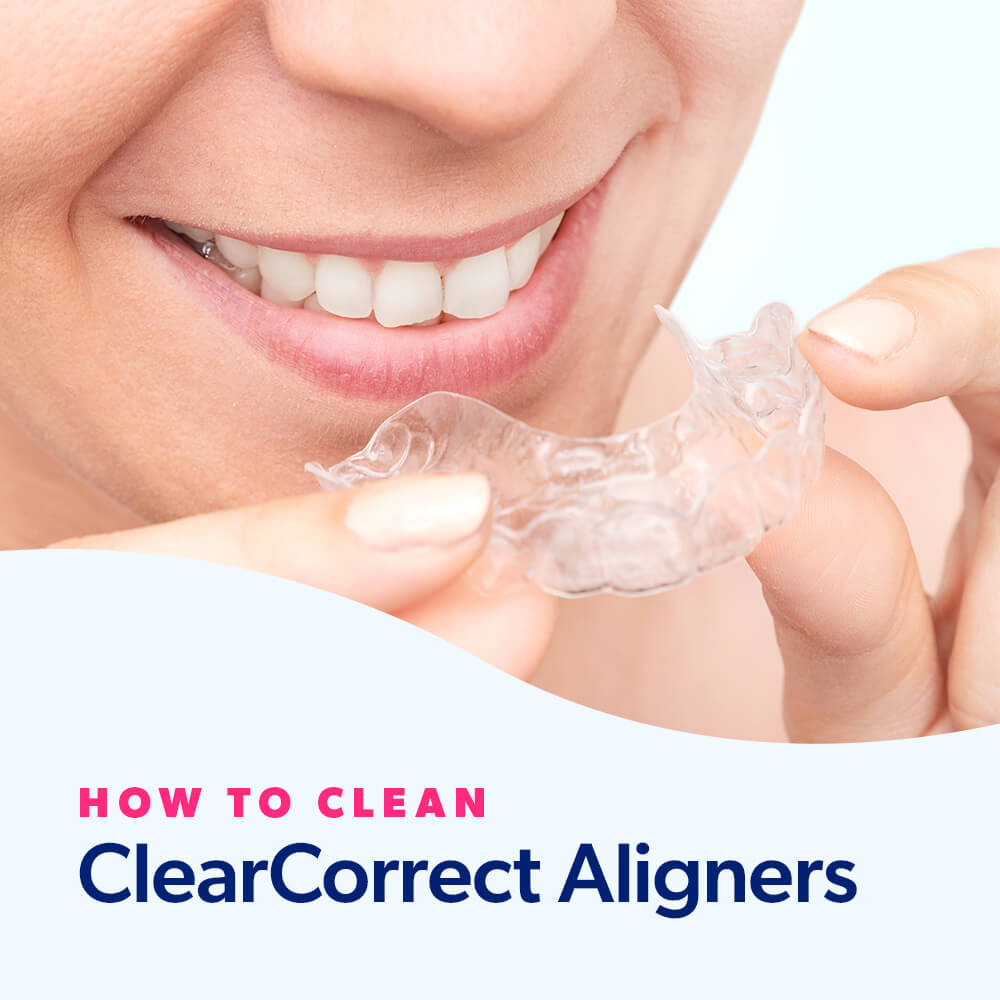
How to Clean ClearCorrect Aligners
Aligners are excellent alternatives to traditional wire braces. They discreetly straighten your smile, allow you to maintain your oral health more easily, and don't come with any food or drink restrictions. Because ClearCorrect aligners stay in your mouth for at least 22 hours a day,...
Read More -
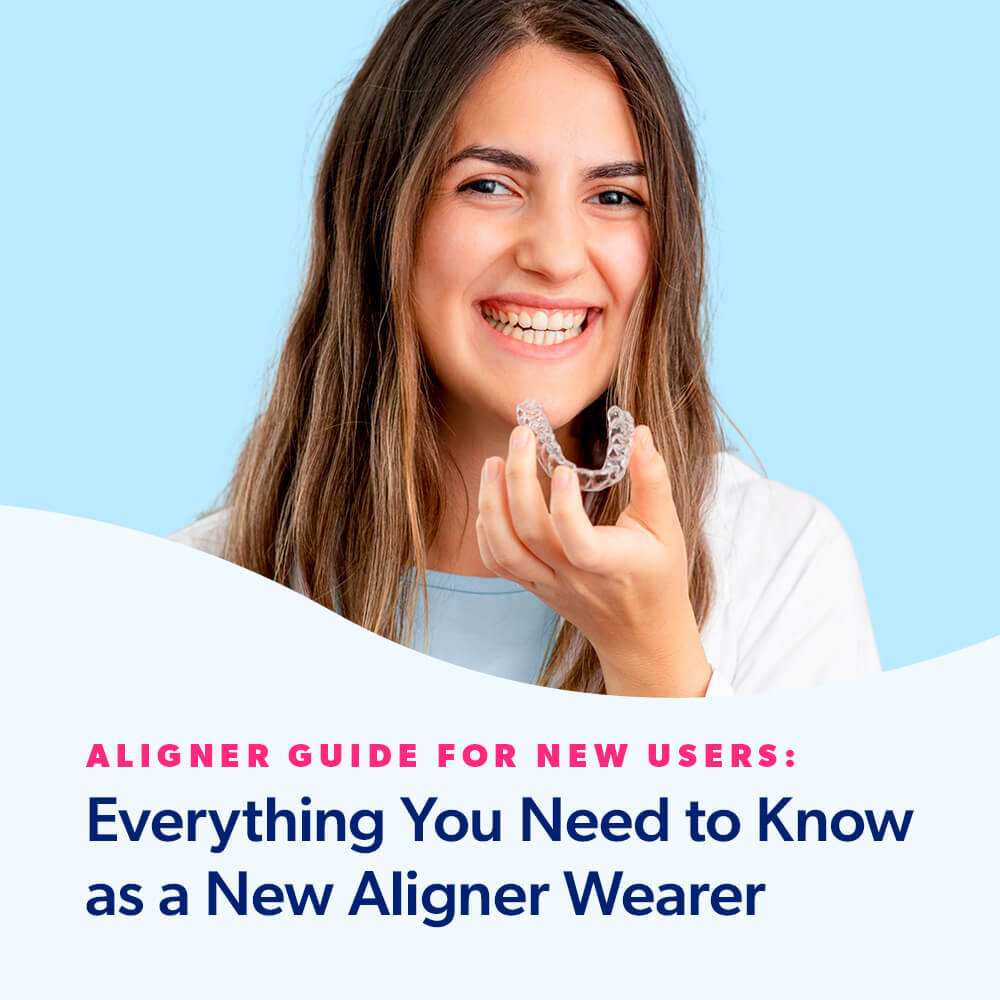
Aligner Guide for New Users: Everything You Need to Know as a New Aligner Wearer
Clear aligners have emerged as an exciting alternative to traditional braces. Brands such as Invisalign offer the benefits of straighter teeth with the addition of a discreet appearance to fit any lifestyle. You can enjoy more freedom when wearing clear aligners, and you can smile...
Read More -

14 Tips for a Healthier Smile
A smile is often one of the first things people notice about us, and many people take great pride in having an attractive smile. However, the importance of having a healthy smile goes beyond mere appearances. The health of our teeth and gums is directly tied...
Read More -
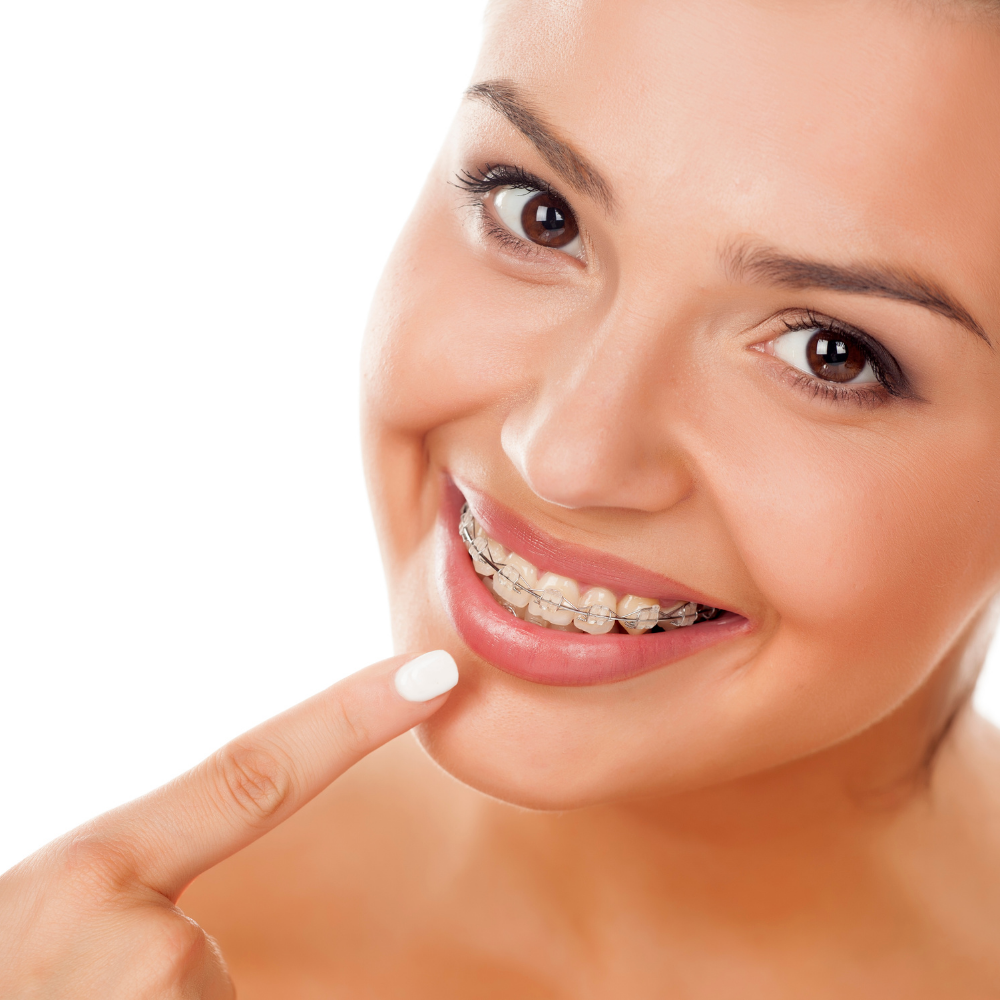
How to Get Rid of Yellow Staining From Braces
The moment your braces come off is a major high point in your life. You've spent a lot of time waiting and working to achieve the straight teeth and radiant smile you've always dreamed of. But sometimes when the braces come off, your smile isn't quite...
Read More -
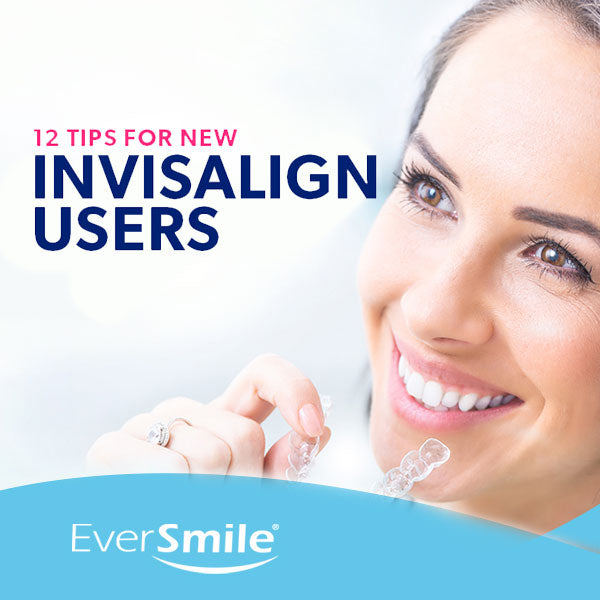
12 Tips for New Invisalign Users
Welcome to the world of Invisalign aligners! You've taken the next step toward straighter teeth and a more confident smile by subscribing to Invisalign treatment. But this is only the beginning. You'll be spending the next several months to a year wearing your aligners, and...
Read More -
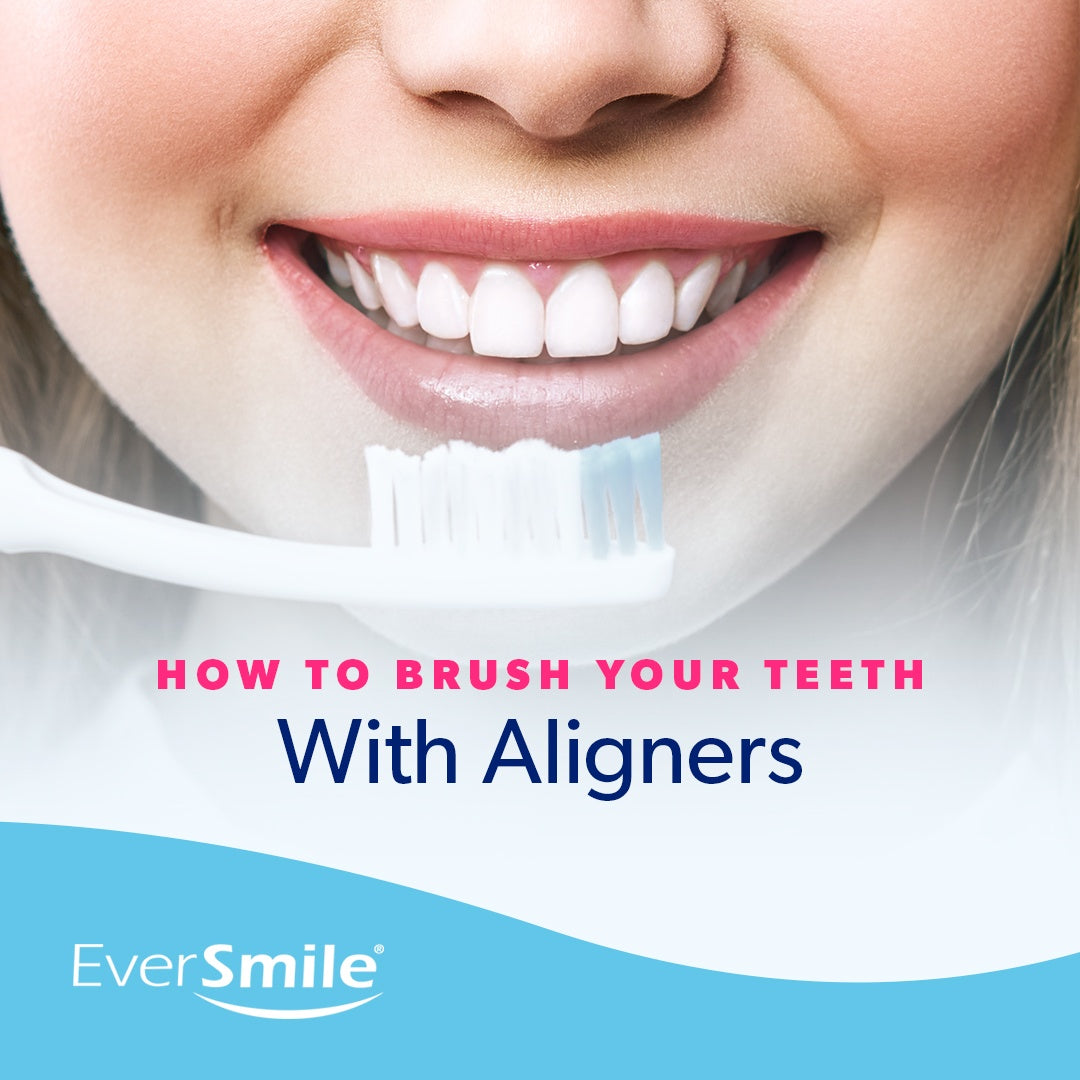
How to Brush Your Teeth With Aligners
Clear aligners are convenient and discreet ways to help straighten your smile. You can remove them whenever you need to, and they're more comfortable than traditional metal braces. It's essential to take care of your teeth, and while making sure they're straight is one way...
Read More -

The Facts on Funk: Why Is My Clear Aligner Yellow?
You got clear aligners so that no one would notice them, but your invisible aligners are only invisible if they stay clear. Many things can stain your aligners or lead to your retainer turning yellow. Certain foods, such as dark-colored berries or sugary chocolates can lead...
Read More -
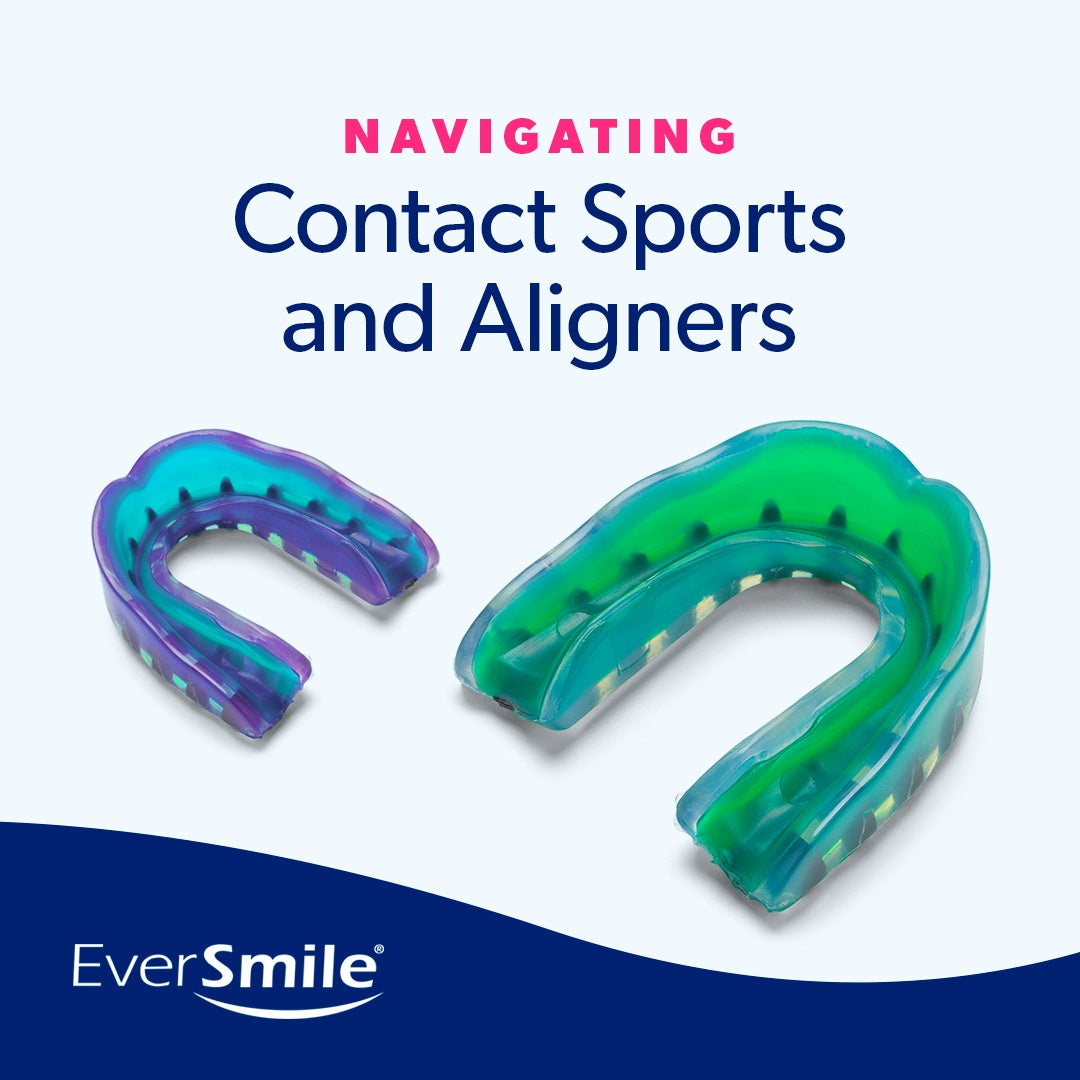
Navigating Contact Sports and Aligners
As an athlete, you have a lot on your mind when you're on the field or court. You're thinking about your opponent's next move, memorizing plays and doing everything you can to win. You don't want your teeth or aligners taking up valuable thought space...
Read More -
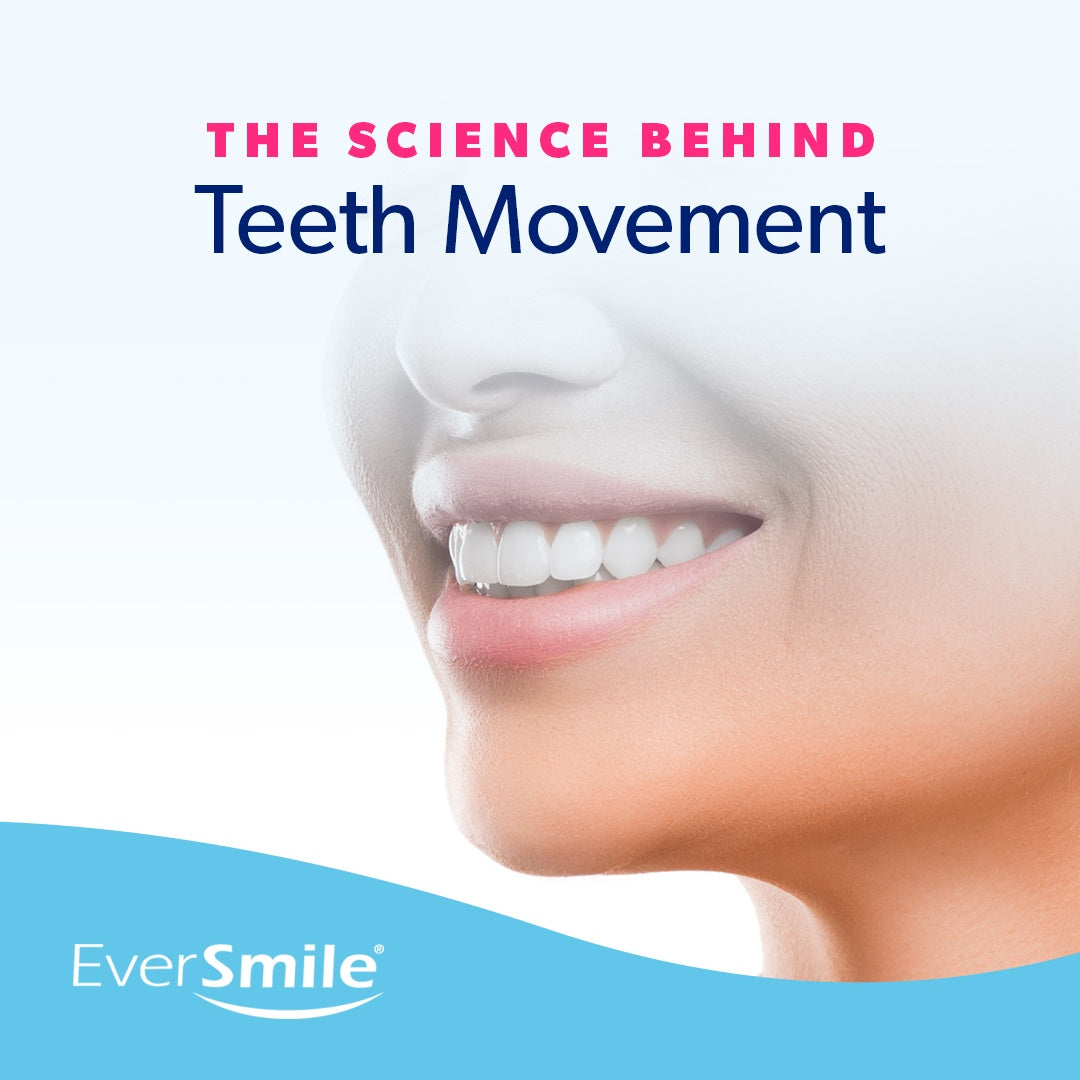
The Science Behind Teeth Movement
Many people experience a moment where they notice something new about their physical appearance. This is especially true with teeth. You could smile at yourself in the mirror and realize that things are different than they were last time you checked. "Was that gap always...
Read More -
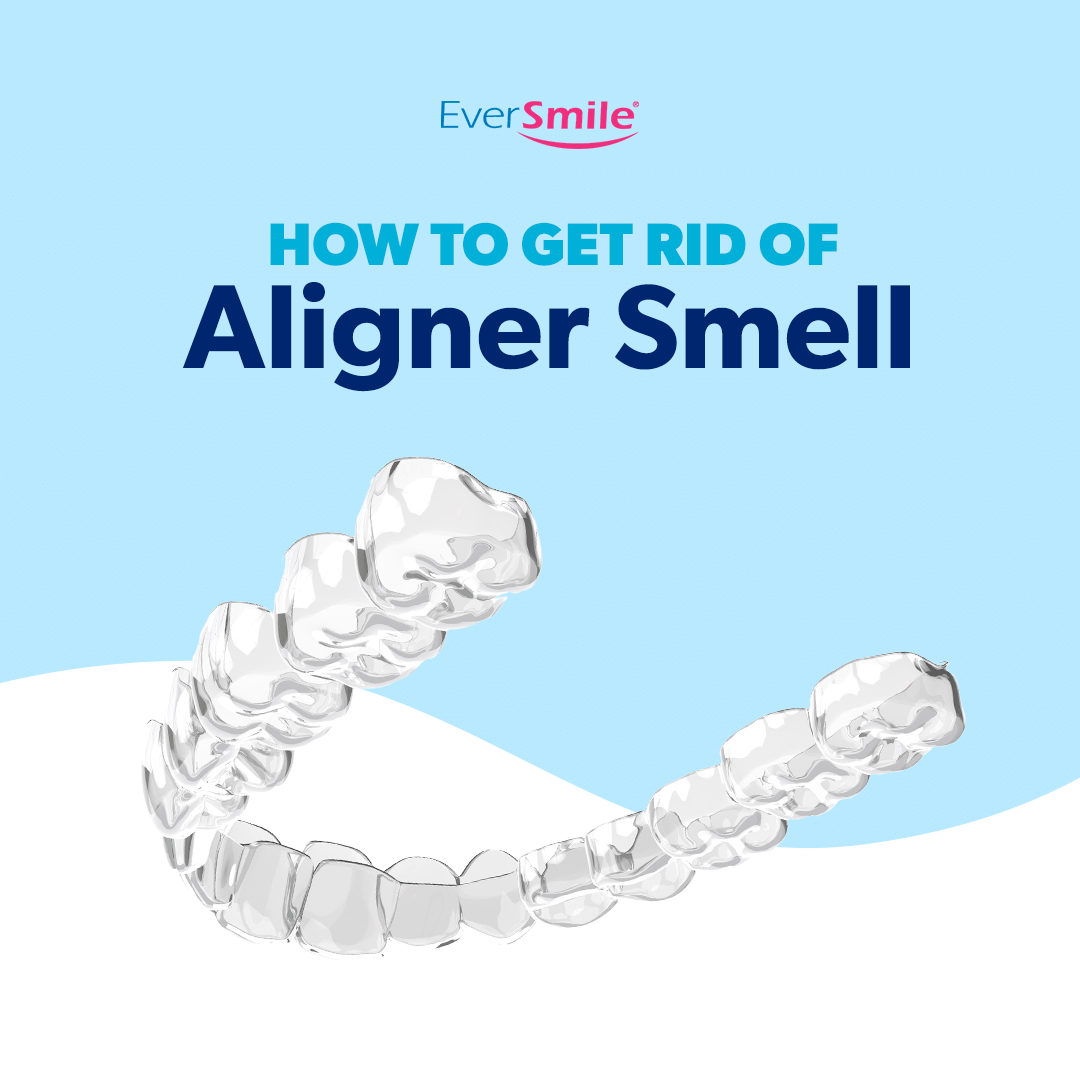
How to Get Rid of Aligner Smell
As a user of clear plastic aligners, you care about your teeth, and you want your smile to look great. The clear plastic makes the process discreet so you can wear your aligners with confidence while hanging out with friends and family or meeting people...
Read More -
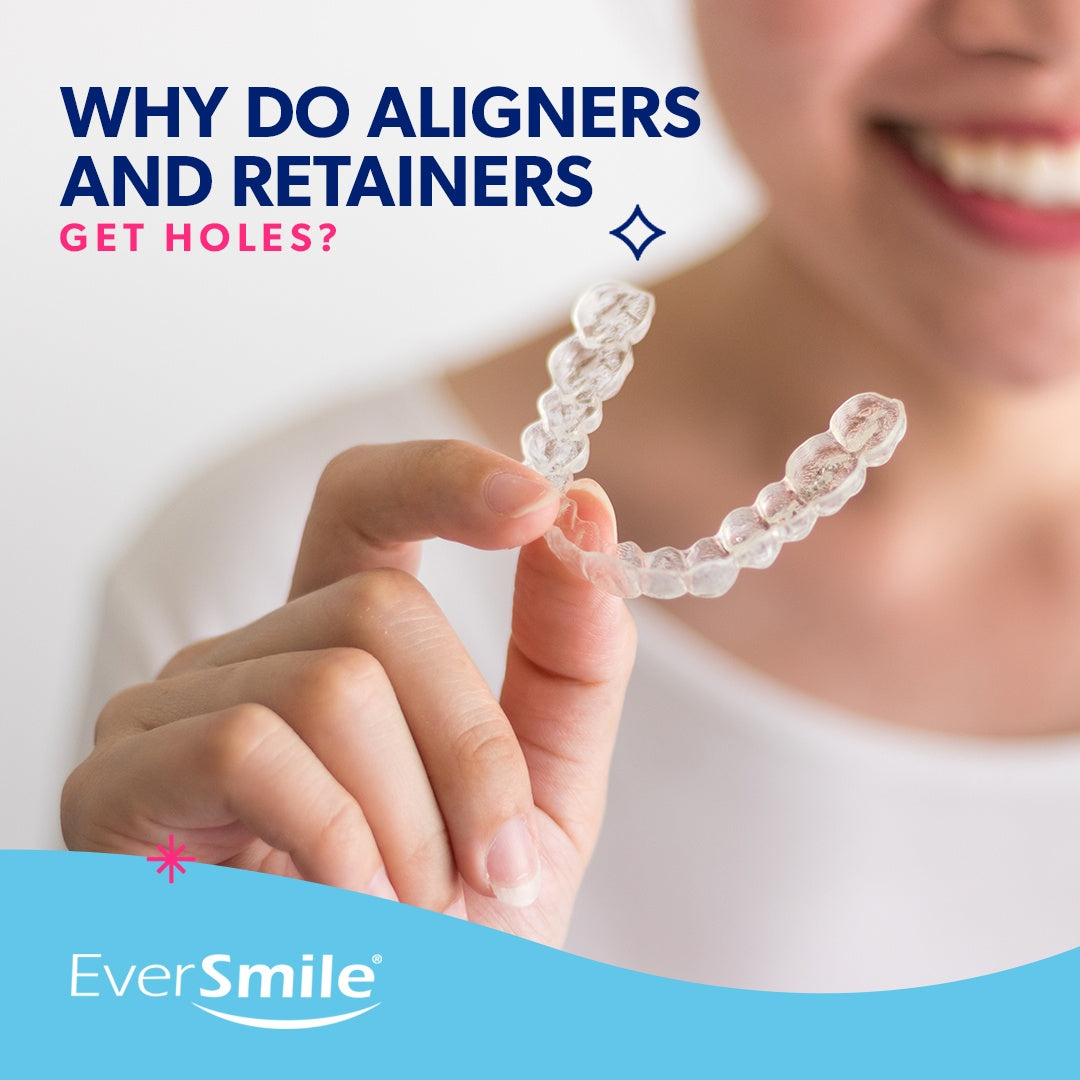
Why Do Aligners and Retainers Get Holes?
You wear your aligners almost all day, so it's not surprising that they can become damaged. But, why do aligners and retainers get holes and other damage? There are a few different ways this can happen. Take a look at the guide below to learn...
Read More -
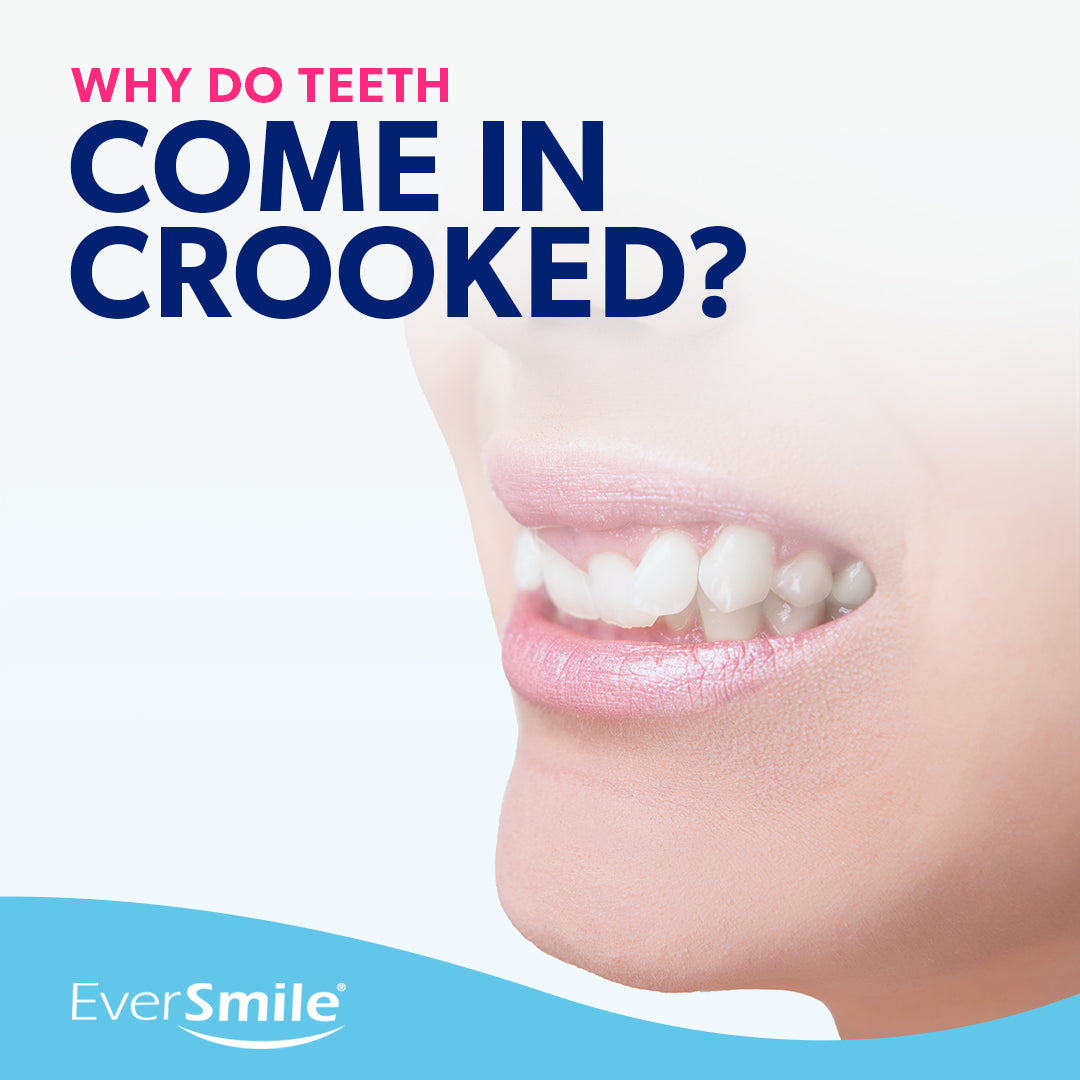
Why Do Teeth Come in Crooked?
If you've ever looked at your smile in the mirror and noticed misaligned teeth, you've probably wondered why teeth come in crooked. Is there any way to correct this issue? Luckily, you have a few options for fixing your smile, but there are even more...
Read More -

How to Clean ClearCorrect Aligners
Aligners are excellent alternatives to traditional wire braces. They discreetly straighten your smile, allow you to maintain your oral health more easily, and don't come with any food or drink restrictions. Because ClearCorrect aligners stay in your mouth for at least 22 hours a day,...
Read More -

Aligner Guide for New Users: Everything You Need to Know as a New Aligner Wearer
Clear aligners have emerged as an exciting alternative to traditional braces. Brands such as Invisalign offer the benefits of straighter teeth with the addition of a discreet appearance to fit any lifestyle. You can enjoy more freedom when wearing clear aligners, and you can smile...
Read More -
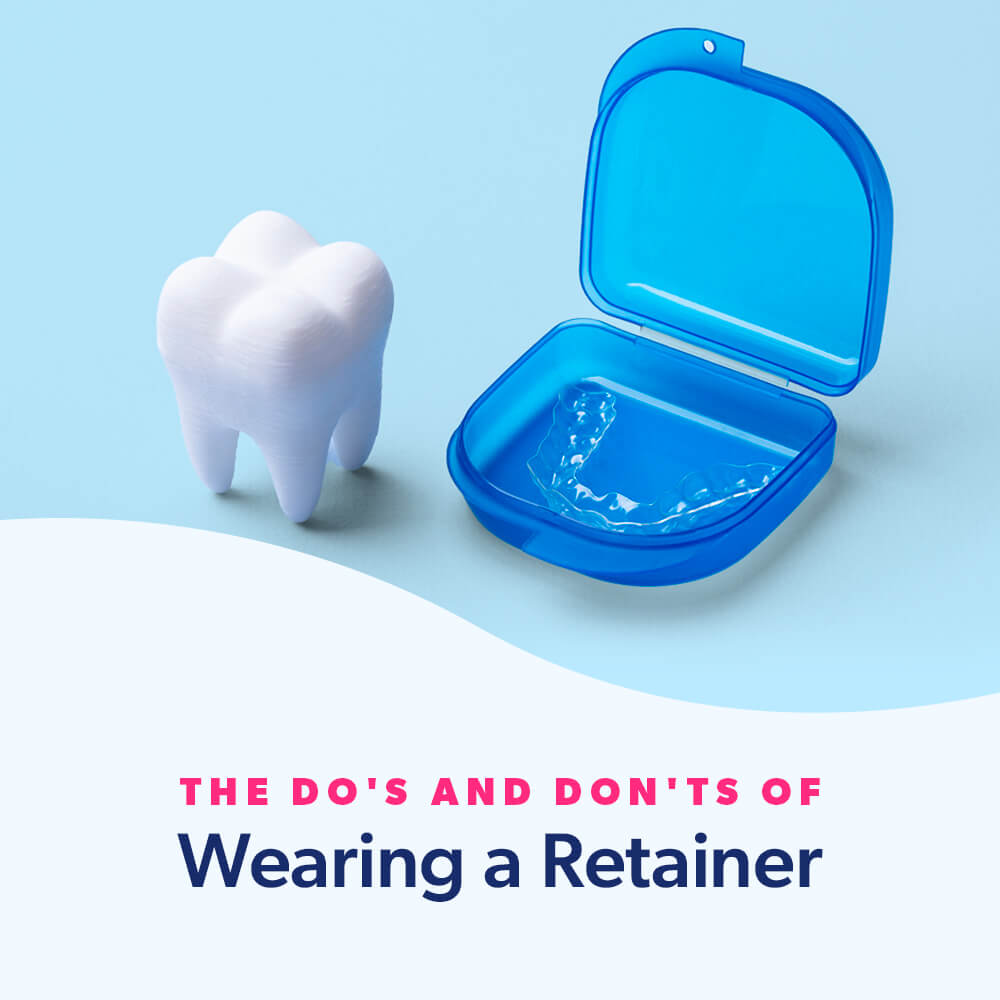
The Do's and Don'ts of Wearing a Retainer
You should always follow your dentist's directions for wearing a retainer to ensure the investment you put into having a straight smile lasts for years to come. Adhering to the do's and don'ts of wearing a retainer is vital to keeping your teeth straight and...
Read More -

How to Get Rid of Yellow Staining From Braces
The moment your braces come off is a major high point in your life. You've spent a lot of time waiting and working to achieve the straight teeth and radiant smile you've always dreamed of. But sometimes when the braces come off, your smile isn't quite...
Read More -
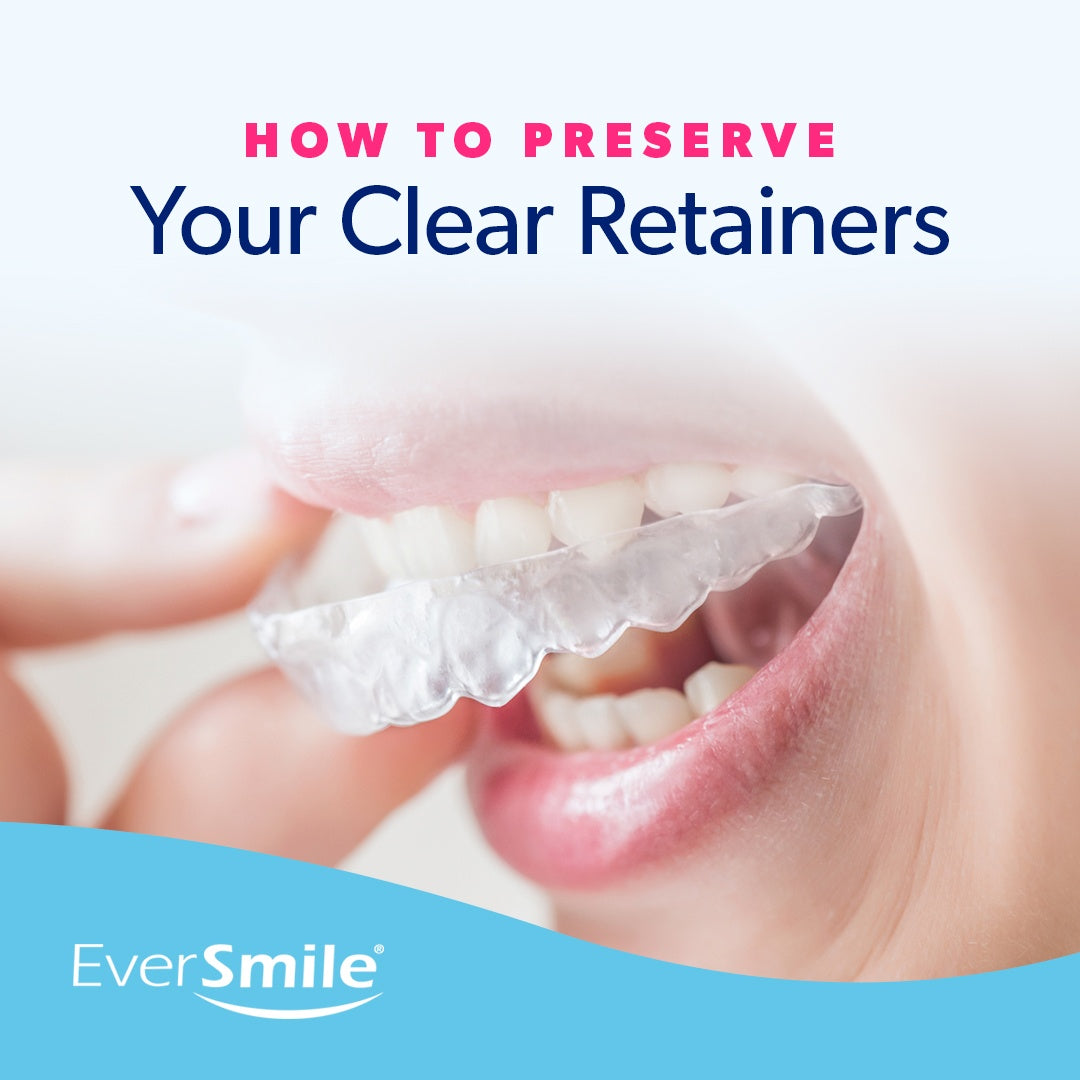
How to Preserve Your Clear Retainers
Retainers are vital for straightening your smile. Even when you're done with aligners or braces, your retainers prevent your teeth from shifting back into their misaligned positions. Because these appliances are essential, it's useful to know how to preserve your clear retainers. You'll help them...
Read More -

12 Tips for New Invisalign Users
Welcome to the world of Invisalign aligners! You've taken the next step toward straighter teeth and a more confident smile by subscribing to Invisalign treatment. But this is only the beginning. You'll be spending the next several months to a year wearing your aligners, and...
Read More -

How to Brush Your Teeth With Aligners
Clear aligners are convenient and discreet ways to help straighten your smile. You can remove them whenever you need to, and they're more comfortable than traditional metal braces. It's essential to take care of your teeth, and while making sure they're straight is one way...
Read More -

The Facts on Funk: Why Is My Clear Aligner Yellow?
You got clear aligners so that no one would notice them, but your invisible aligners are only invisible if they stay clear. Many things can stain your aligners or lead to your retainer turning yellow. Certain foods, such as dark-colored berries or sugary chocolates can lead...
Read More -

Navigating Contact Sports and Aligners
As an athlete, you have a lot on your mind when you're on the field or court. You're thinking about your opponent's next move, memorizing plays and doing everything you can to win. You don't want your teeth or aligners taking up valuable thought space...
Read More -

The Science Behind Teeth Movement
Many people experience a moment where they notice something new about their physical appearance. This is especially true with teeth. You could smile at yourself in the mirror and realize that things are different than they were last time you checked. "Was that gap always...
Read More -

How to Get Rid of Aligner Smell
As a user of clear plastic aligners, you care about your teeth, and you want your smile to look great. The clear plastic makes the process discreet so you can wear your aligners with confidence while hanging out with friends and family or meeting people...
Read More -

Why Do Teeth Come in Crooked?
If you've ever looked at your smile in the mirror and noticed misaligned teeth, you've probably wondered why teeth come in crooked. Is there any way to correct this issue? Luckily, you have a few options for fixing your smile, but there are even more...
Read More
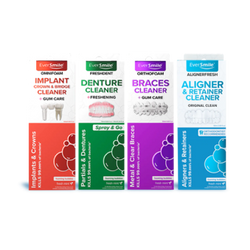
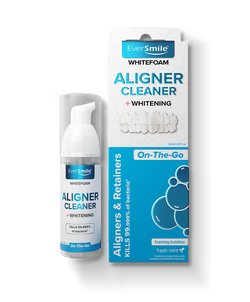
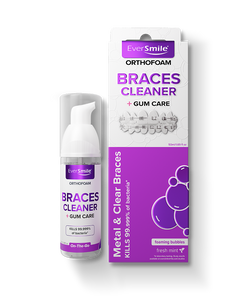
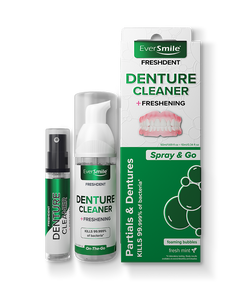
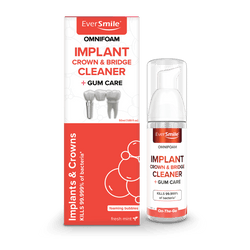
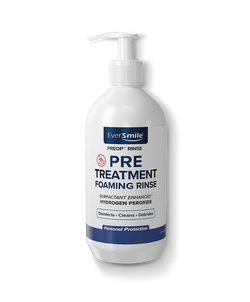




















Post a Comment!